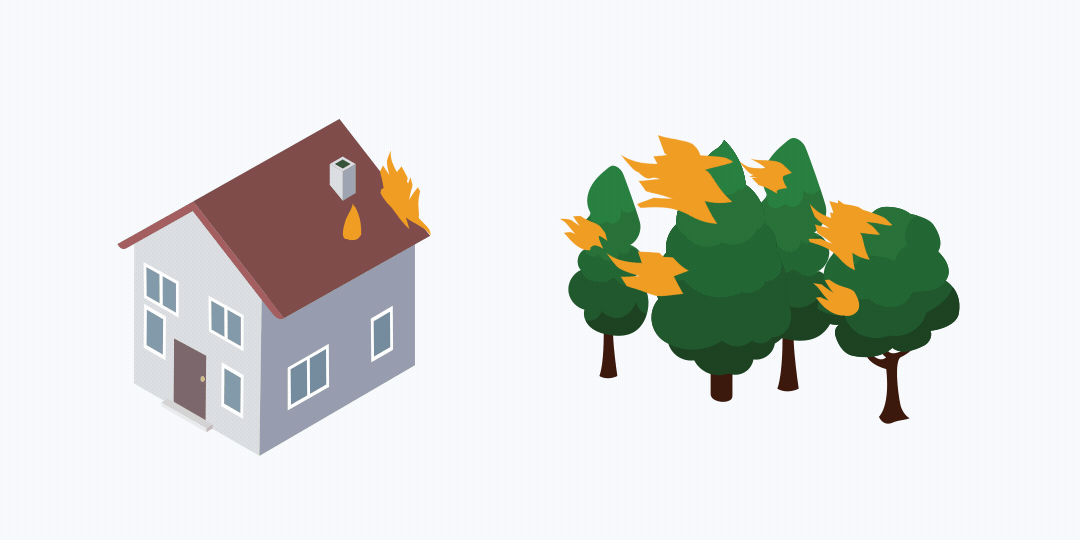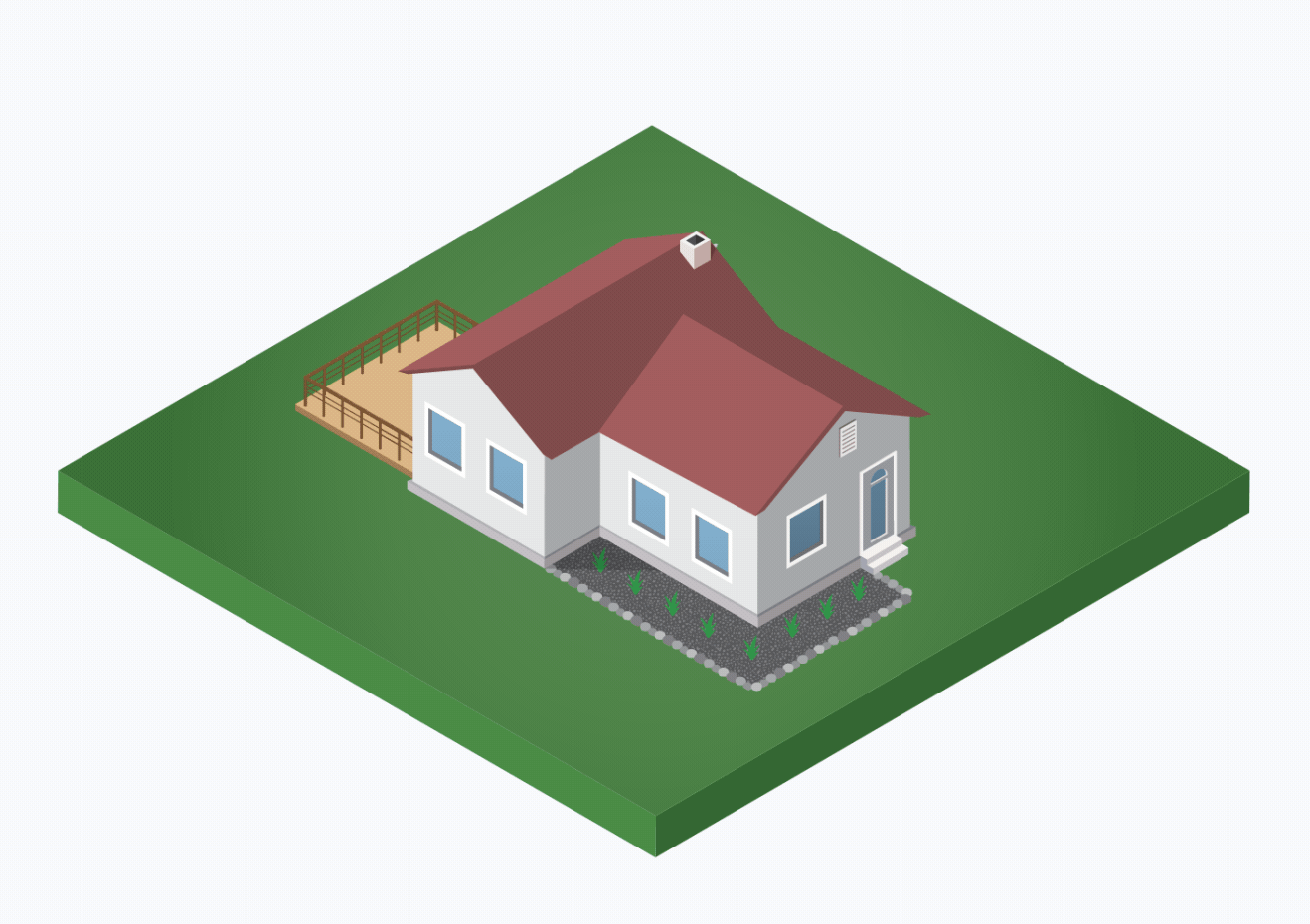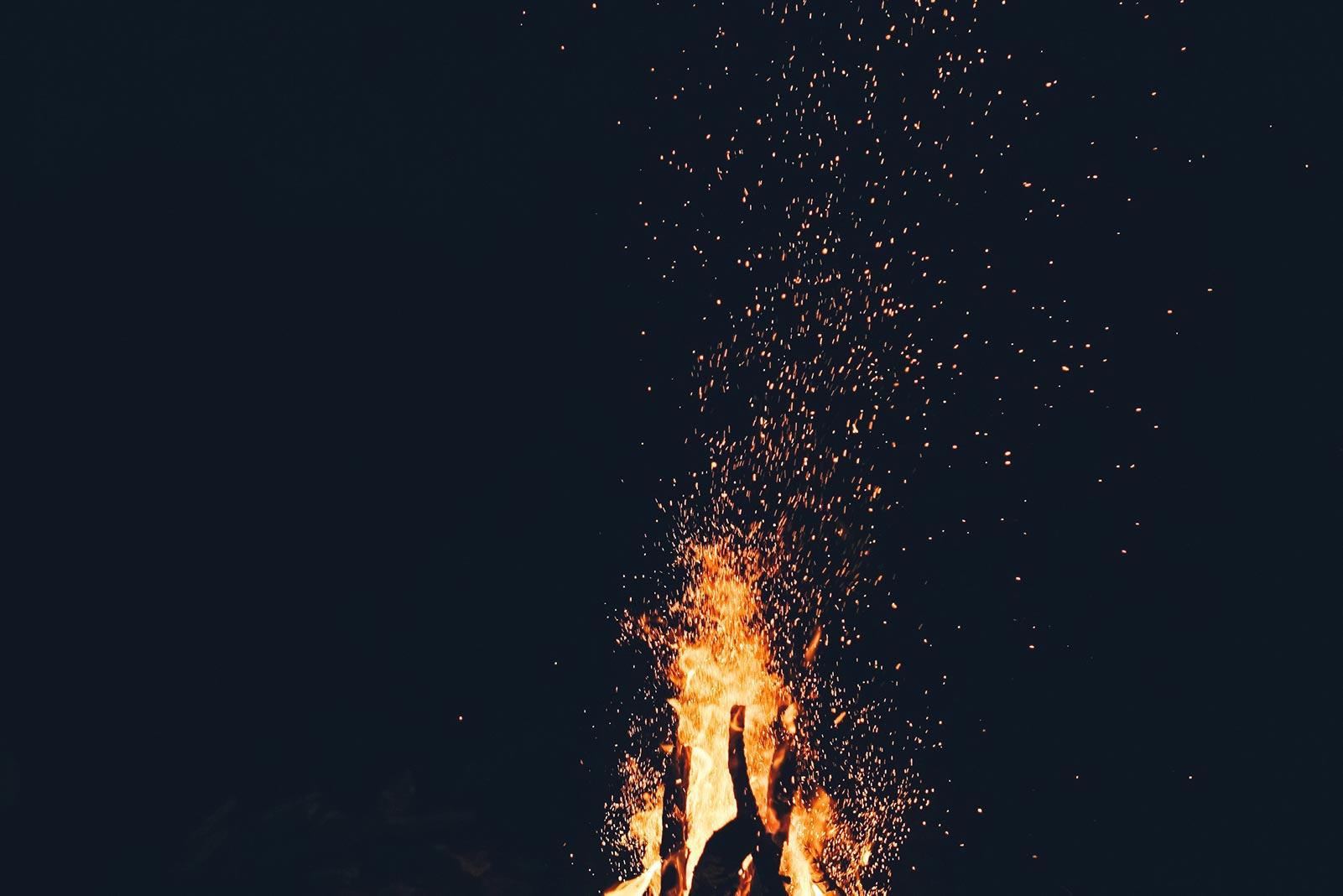Embers have long been known as a driving force in the spread of wildfire, often igniting numerous smaller blazes beyond the fire front, but studying these wispy bits of smouldering wood or other debris poses unique challenges. Most of them don’t last very long, and the circumstances of their existence can make them almost impossible to track and downright dangerous to observe.
Undaunted, scientists continue to study how embers behave – including in artificial settings designed to approximate conditions just outside the perimeter of a wildfire – in search of breakthroughs that could help make homes and other structures more fire-resistant.
This is no academic exercise: as noted in FireSmart BC’s FireSmart Begins at Home Manual, it is commonly estimated that half of the home fires attributed to wildfire are actually ignited by embers, but a 2019 insurance study in the United States found that of all homes and buildings that ignite in a wildfire, embers alone account for up to 90 percent. Whatever the precise figure (which may be affected by everything from wind conditions and building standards to terminology use and counting methods), the core fact is that in most cases, embers are the primary means by which wildfire is likely to destroy your property.

This means the costs of repairing or replacing what embers damage or destroy in Canada run into the billions every year, and that doesn’t encompass the costs associated with preventing, fighting, and otherwise managing wildfires. And sometimes those wildfires can be nothing less than catastrophic, both physically and financially: the 2016 Fort MacMurray fire was the most expensive disaster in Canadian history, with direct and indirect costs conservatively estimated at $9 billion. Given such losses and the role that embers play in exacerbating the impact of wildfires, spending money to research these elusive threats is therefore a key investment in developing better means of fire prevention and resistance.
The latest science confirms what firefighters and fire-safety professionals have long known: embers give any fire a far longer reach, enabling it to leap over extensive barriers that might otherwise starve it of fuel and stop it in its tracks. Many homeowners assume that, since their properties are nowhere near the actual wildland-urban interface or a forested edge, they need not concern themselves with wildfire. This can be a serious mistake. Carried by the wind, embers on average travel as far as 2 kilometres before falling, still capable of instantly igniting the right fuel. There have also been documented instances of embers travelling 17 kilometres! Consider what vegetation exists within a 17 kilometer distance from your property. Alternatively, embers can find their way into wood piles or under decks, smoulder unseen for hours, and then touch off a fire that spreads from house to house, ultimately gutting an entire neighbourhood.
Some scientists are particularly interested in the precise conditions required for an ember to ignite a given type of material, for instance what temperatures need to be reached, and how long they need to be sustained. The better we understand these conditions, the more effectively we can develop and refine fire-resistant building materials.
At the other end of the loop, the research centres on which kinds of tree species shed the largest amounts, farthest-traveling, and/or most dangerous sorts of embers. This type of data can inform multiple decisions, including the very purchase of a property in a given location, which species to plant, where to situate the home or other structure, and how it might be designed and built to withstand the sorts of embers most likely to threaten it.
It can be sobering to realize how vulnerable we are to something so small and so fragile as an ember. Luckily for those inclined to think about risk, it also can be significantly reduced without professional training or specialized equipment. In fact, depending on the size, contents, and layout of your property, following a few simple tips can do a lot to improve the properties likelihood of survival if and when a wildfire gets too close.
An ember that lands on or near a fire-resilient home/yard will typically burn out before it can ignite a roof or wall. However, if the same ember lands on a fuel source of any sort, it has a much better chance of generating the heat necessary for ignition. Accordingly, many of the practices recommended by FireSmart and other authorities on wildfire come down to a single purpose: keeping any and all potential sources of fuel away from – and off of – the structure.
One of the most impactful steps you can take is to regularly clean gutters and rooftops to remove any leaves, twigs, branches or other vegetation , which can be highly combustible. Similar treatment should be applied to a non-combustible zone extending at least 1.5 metres from the structure and any attachments, including around and underneath decks. This means relocating any (preferably fire-resistant) hedges, shrubs, or other woody plants to a safer distance; replacing mulch with gravel, stones, or some other non-combustible materials; and clearing the spots where fallen vegetation tends to gather: doorways, window sills, interior corners, and other tightened spaces.

Wherever possible, keep large fuel sources – cars and other vehicles, trees, wood and compost piles, grass clippings, and other yard waste – at least 10 metres from the structure. Ideally, wood and other flammables should be inside sheds made of fire-resistant materials. In addition, a 1-1.5-metre non-combustible zone also should be maintained around any vehicles (including underneath), sheds, or other out-buildings.
All of the above accepts that embers will fall on your structure, and focuses on denying them the sustenance they need to destroy or severely damage it. In many instances, however, there also are things you can do to reduce the number of embers that reach your property in the first place.
If your property extends to the 10-30 metre range, start by selectively removing crowded and suppressed or diseased trees that aren’t fire-resistant in order to ensure at least 3 metres of separation between the crowns or clusters of crowns. Next, prune any branches up to a height of two metres, and remove any brush, leaves, needles, branches and other flammable debris from the ground in this zone.
These treatments not only reduce the amount of material available to become embers, but also slow tree-to-tree ignition, limiting a fire’s intensity and potentially causing the fire to turn away from your property or burn itself out
If your land doesn’t extend to 30 metres, do as much as you can – and then see if your neighbour(s) will do the same. In fact, much of the FireSmart approach works best when whole neighbourhoods work together, forming a united front against encroachment by wildfire.

For more information about how to recognize and counter the threats wildfire poses to your property, we strongly recommend that you carefully review the FireSmart Begins at Home Manual and keep an eye on the FireSmart Research page for more information on the science behind wildfire resiliency.
